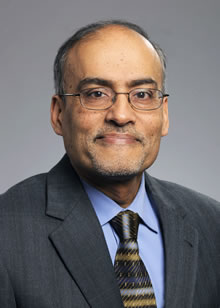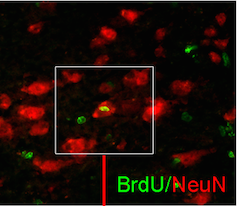Someone driving around a city on a regular basis will see ambulances. At times they’re going somewhere fast; sometimes they’re just driving. What if, on a given day, fewer ambulances are visible?
One possible conclusion might be: the ambulances are away responding to a group of people who need help. This effect resembles what Arshed Quyyumi and colleagues from Emory Clinical Cardiovascular Research Institute observed in a recent paper, published in the Journal of the American Heart Association.

Arshed Quyyumi, MD
Quyyumi’s team looked at progenitor cells, which circulate in the blood and are attracted to sites of injury. In a group of 356 patients with stable coronary artery disease, the researchers saw that some (31 percent) had “ExMI” – exercise-mediated myocardial ischemia. That means impairments in blood flow were visible via cardiac imaging under the stress of exercise. This is a relatively mild impairment; participants did not report chest pain. This paper emerges from the MIPS (Mental Stress Ischemia Prognosis) study, 2011-2014.
The ambulance-progenitor cell analogy isn’t perfect; exercise, generally a good thing, increases progenitor cell levels in the blood, says co-first author and cardiology fellow Muhammad Hammadah. The study supports the idea that patients with coronary artery disease may benefit from cardiac rehab programs, which drive the progenitor cells into the ischemic tissue, so they can contribute into vascular repair and regeneration. Read more






